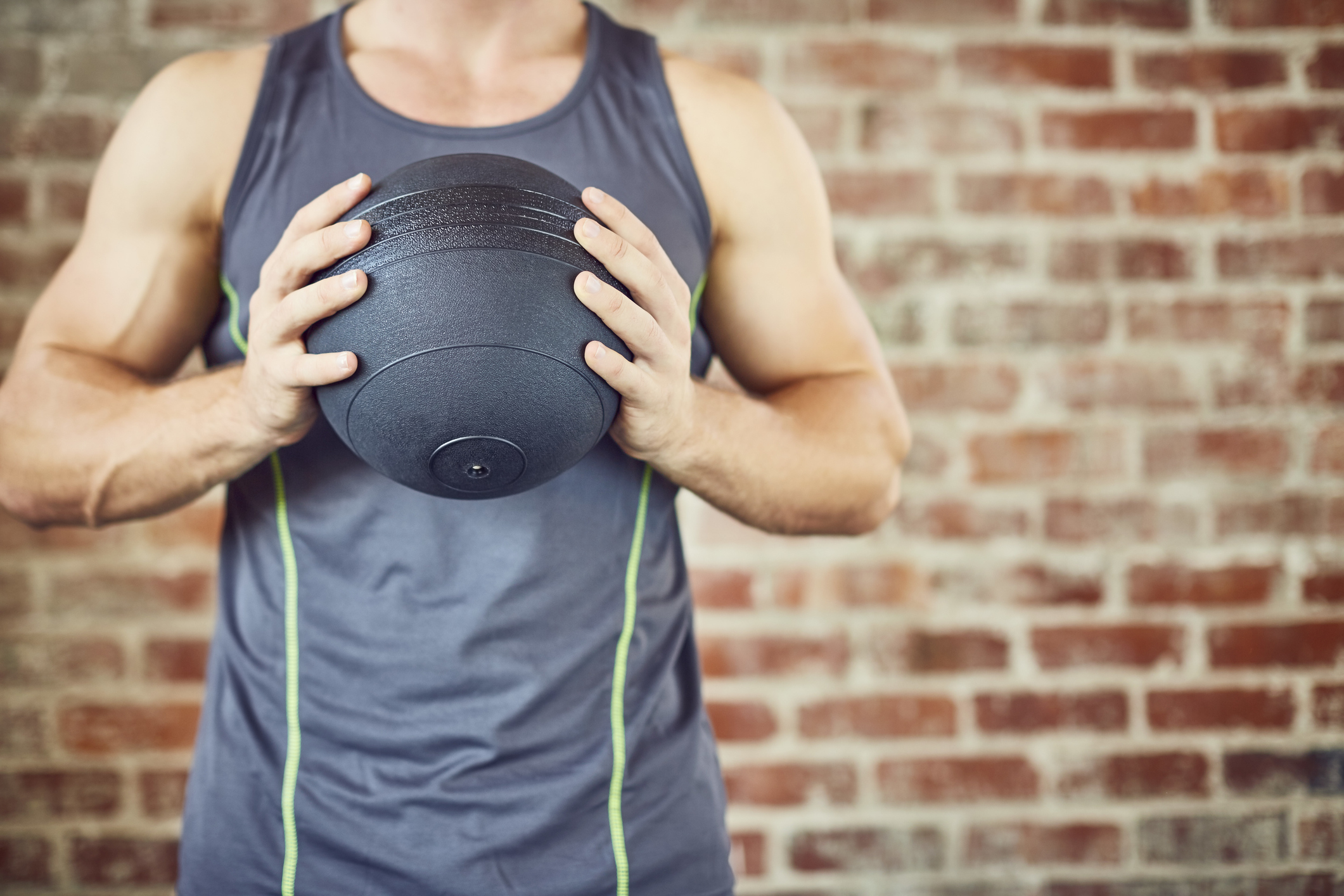Ophthalmologists, like most hard working professionals, want to get the most out of each day. Excelling at work, at home, and in our personal life with health and fitness has broad appeal for nearly everyone.
One way in which ophthalmologists can improve their fitness while still maintaining a rigorous professional schedule is by circuit training.
What is circuit training?
Circuit training is a workout technique that involves performing multiple high intensity exercises in rotation with minimal rest between each set. By keeping rest periods short, the heart remains elevated, providing cardiovascular and muscular endurance benefits. Meanwhile, the exercises themselves build strength and promote muscle growth and development.
Circuit training for the home
Below is an example of an eight-week circuit training program I have developed for the home or when traveling. No large exercise equipment is required for this workout.
Here are the six exercises you will perform during this program:
- Push-ups
- Body squats

- Seated rows
- Marching or jogging in place with high knees
- Side planks
- Mountain climbers
I recommend performing each exercise for 30 seconds on Weeks 1 and 2, 40 seconds on Weeks 3 and 4, 50 seconds on Weeks 5 and 6, and 60 seconds on Weeks 7 and 8. Between each exercise, take as much time as you need to recover. If you feel up to it, repeat the circuit a second time. If possible, perform circuits on nonconsecutive days to allow your muscles to fully recover.
(A word of warning: Building up to 40, 50, or 60 seconds can be very demanding. You may need to slow down each exercise to accomplish this.)
You can adjust the intensity of each exercise by altering the depth or the range of motion. For example, you can perform either deep or shallow push-ups depending on your comfort level. You can also perform side planks and push-ups with straight or bent legs, and mountain climbers with your hands on a steady chair or the floor.
Circuit training for the gym
If you have a gym membership or well-equipped workout room at home, you might want to try out the circuit below. These exercises involve a variety of cardio equipment and some resistance training equipment. Instead of time, these exercises are based on distance and repetitions.
- Hike, jog, or run on treadmill for a half mile
- Row on cardio rower for 500 meters
- Cycle on an exercise bike for 1.5 miles
- Kettle bell swings for 20 reps
- Medicine ball slams for 20 reps
- Cable standing twist for 20 reps on each side
- One arm push and pull with a sandbell from plank position for 20 reps
- Crunches for 20 reps
Make sure to listen to your body and allow as much rest as necessary between exercises. The harder you perform each exercise, the more recovery time you will need. As your fitness levels improve, you’ll need less time to recover and you will be able to complete the circuit even faster. Start with one circuit and add a second set as fitness and energy levels improve.
Medical and professional guidance will help ensure you get the most out of your circuit training program. Speak with your physician and a personal trainer before starting a fitness program.